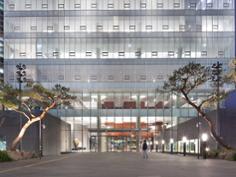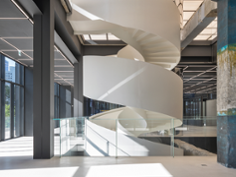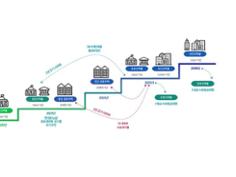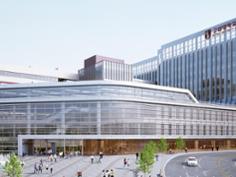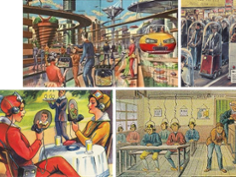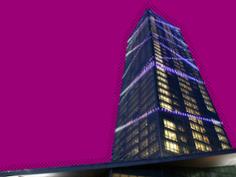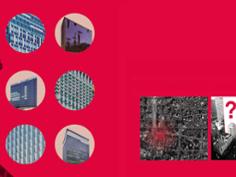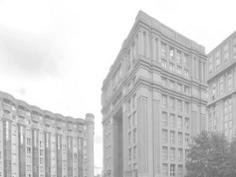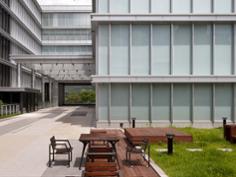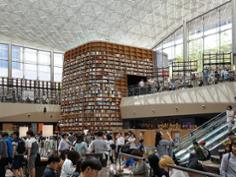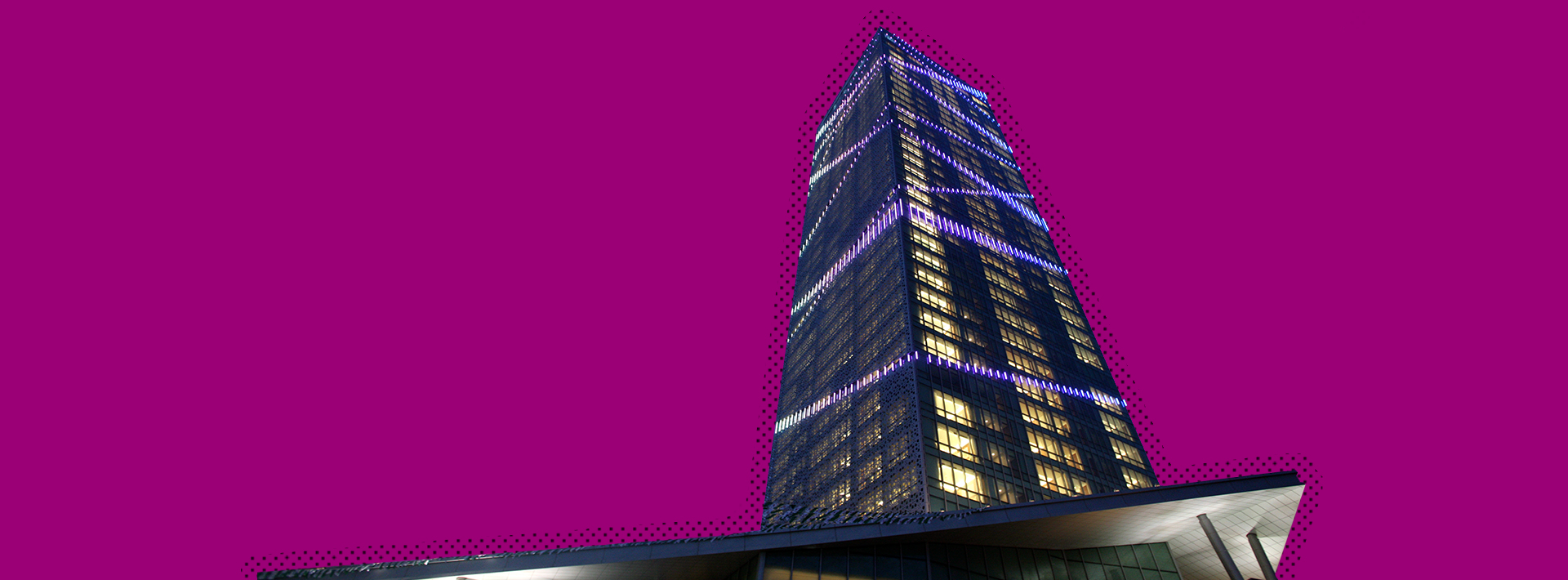
Newly Defined City?
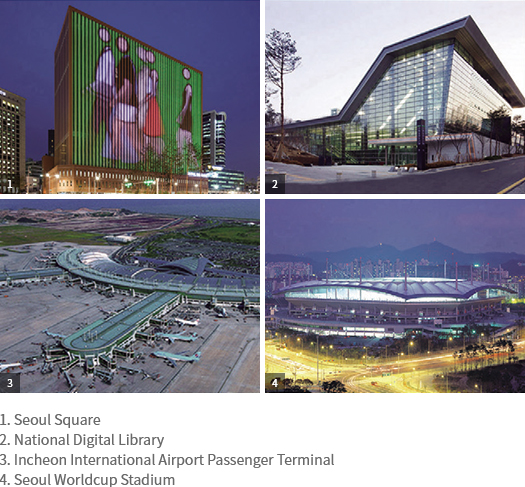
Catching Eyes, Attracting People, and Remembering Places
New landmarks in cities are the icons that catch people's eyes. These icons of cities are the starting points of events, the programs of which are designed, adjusted, generated, and expanded according to the patterns in which people gather and behave. As a starting point of the city, architecture is one of the important elements that express the image of the city, and implies the communitarian ideals of individuals, groups, cities, and nations. Not only does it have the design vocabulary that recalls certain images or traditional metaphors, but it also produces the image of itself as the icon of the city, particularly in recent years. Incheon International Airport, Seoul Square, National Digital Library of Korea, and Seoul World Cup Stadium are the landmarks of cities and the icons to remember the places, thus being settled in people's memories.
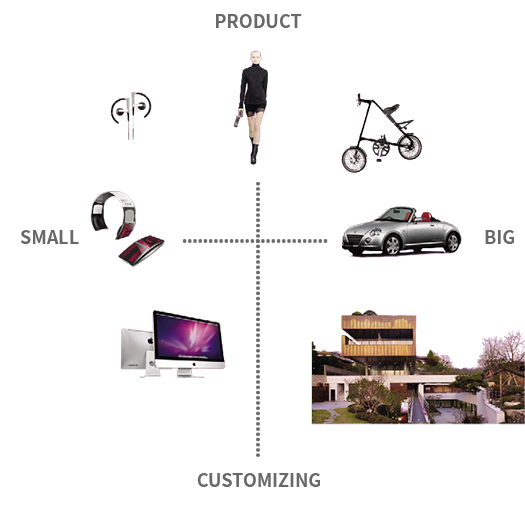
Architecture as Landmarks
Design is subdivided into many areas: visual design which deals with visual information, product design and clothing design which help human life and living, and so on. Architecture is the largest-scale of those design areas, and customized by gathering the requests of various users. It is a product of moment-to-moment coordination between different situations through communications with the legal code, regulations, budget availability, the client's dreams and expectations, and other people's various wishes. There are some buildings that create the national images: the Eiffel Tower in Paris; the Tower Bridge in London; the Opera House in Sydney; the Guggenheim Museum in Bilbao; and the Burj Khalifa in Dubai. These can be seen as new design products representative of those countries and cities.
The Influence of Megastructure
The scale of a building has large influence on the city. A large-scale building naturally creates large-scale foot traffic. Such a building makes comprehensive relationships, both with the primary users who occupy the building and with the secondary users involving in the urban sense. Thus it has various influences, which are connected diversely and involve large ramifications such as the change of lifestyles and mindsets due to the program inside, the influence on places engendered by the relationship with the city outside, the patterns of urban development, and the production of visual images representative of the city.
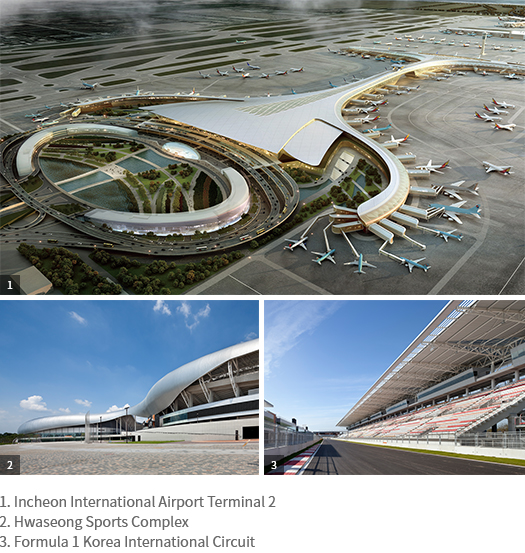
Special Products (of Contrast) Creating the New
- Architecture Putting a New Order
There are two ways of making architecture the landmarks of locality: to suggest an architectural model with a new architectural idea and to make harmony with the existing context. Architecture can trigger a new generation of the city, particularly implant a new architectural DNA on a new site in distinct contrast with the existing environment. This architecture is itself largely influential so as to extend towards the city. With complementary functions added, the urban structures clash with each other, changing and extending themselves. For example, the Incheon International Airport and the F1 Motor Racecourse extend towards the city with their new functions suggested architecturally in contrast to the nearby environment. This kind of architecture often becomes the trigger of an event that transforms the existing cityscape.
- Architecture Pursuing New Technology
Technology-led architectural history is focused not so much on respecting the surrounding context or the past as on the possibilities of new technology. This approach based on technological development has extended new possibilities of architecture: new scenes that you can hardly experience in the existing cities or spaces are now created by overcoming the limits of the past architecture, making super-tall buildings, large-scale spaces, and irregular forms. The design of Hwaseong Sports Complex concentrated upon such architectural technology. Its irregular form that connects respective buildings in the complex creates a networked and unified architecture which, in contrast to the surroundings, serves as a landmark of the city.
Special Products (of Harmony) Reflecting Locality
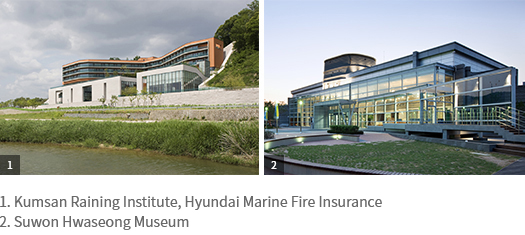
- Architecture Mimicking the Local Specificity
Local characteristics engender a sense of place proper to the locality. The place is where people's events have been overlaid across time. Architectural design respecting the context considers harmony with the past history, the sense of place, and the surroundings. Harmonizing the sense of place and the architectural program, architecture naturally assimilates to the whole place as its part. Such works as Hyundai Marine and Finance Insurance Geumsan Training Center and Cheonggyecheon Culture Center were designed by focusing on the building site, translating the topography immanently into the architecturally programmable space. The formal language of this architecture is naturally derived from the site, or the building mimics the local specificity.
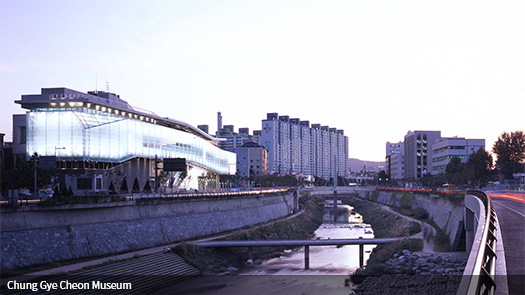
- Architecture Mimicking the Historical Image
Every local area has its own sense of beauty shared by the local communities and its own identity that has sustained across time. Traditional elements and images constitute the beauty pursued by the nation or the community, serving as the important factors to define their own identities. Architecture borrows these shared senses of beauty and historical images. Exploring such design elements architecturally and making their relations spatially and formally, architecture becomes historically continuous across time. For instance, Suwon Hwaseong Museum mimics the look of Korean traditional architecture. It modernizes the familiar materials and forms inherited from the past, translating the spatial characteristics of the past to this modern version. Presenting the traditional images by architectural language, it becomes the architecture proper to the locality.
Excerpts from "Newly Defined City," Junglim Architecture Works 2012

